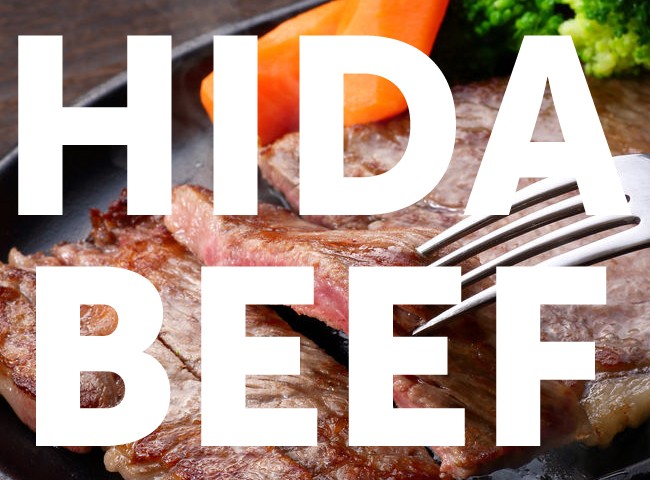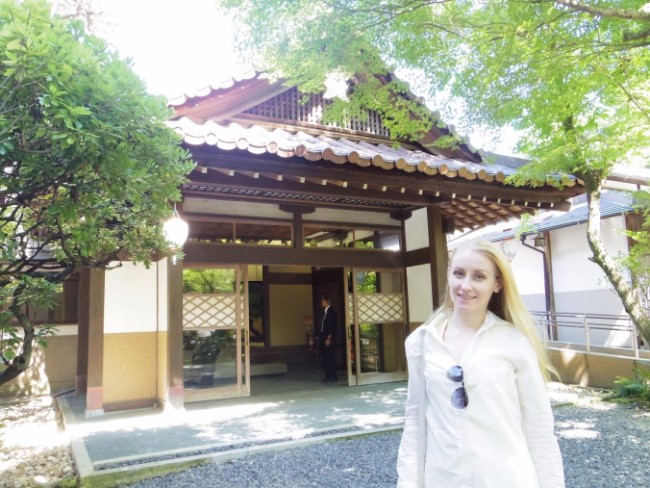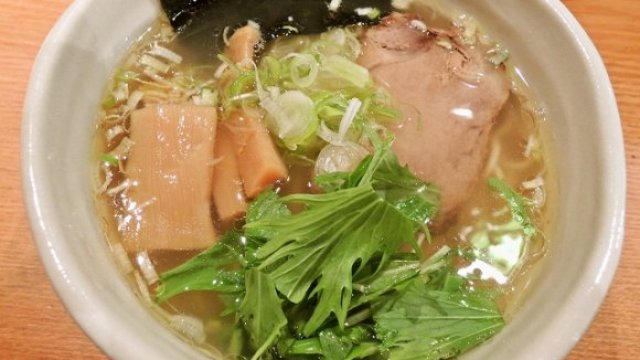Chubu Food: 10 Awesome Dishes from Japan's Alpine Regions


The Chubu region, located in the center of Japan’s main island, is home to nine prefectures, each with their own unique sights, landmarks, and food cultures. Some of Japan’s best agriculture can be found here, from soybean farming and miso (fermented soybean paste) production in Aichi, to Niigata where Japan’s top rice brand koshihikari is grown, and Nagano where clear water from the Japanese Alps combines with fertile land to grow sweet fruits and excellent vegetables. Here are 10 Chubu food must-eats that will make you want to visit all nine prefectures right now!
10 Awesome Dishes from Japan's Alpine Regions
Oyaki Dumplings (Nagano)
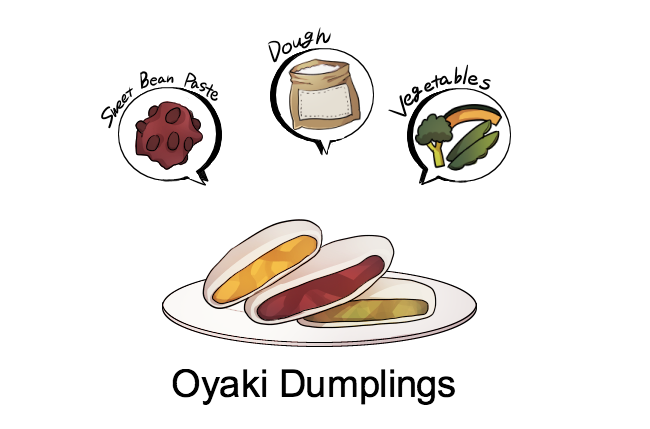
Oyaki, from Nagano prefecture, are dumplings of fermented dough filled with vegetables and sweet bean paste. They’re a popular item eaten at lunch or with tea. The dough is made of buckwheat flour, the same kind used to make soba noodles, as pre-industrial Nagano was not a good area for rice production due to its steep mountains and cold climate. Traditionally, the dumplings are roasted in an iron pan over an indoor fire pit called an irori and then steamed or boiled. Common oyaki fillings include Japanese pumpkin, leeks, shimeji mushrooms, and other local seasonal vegetables.
Takayama Ramen (Gifu)
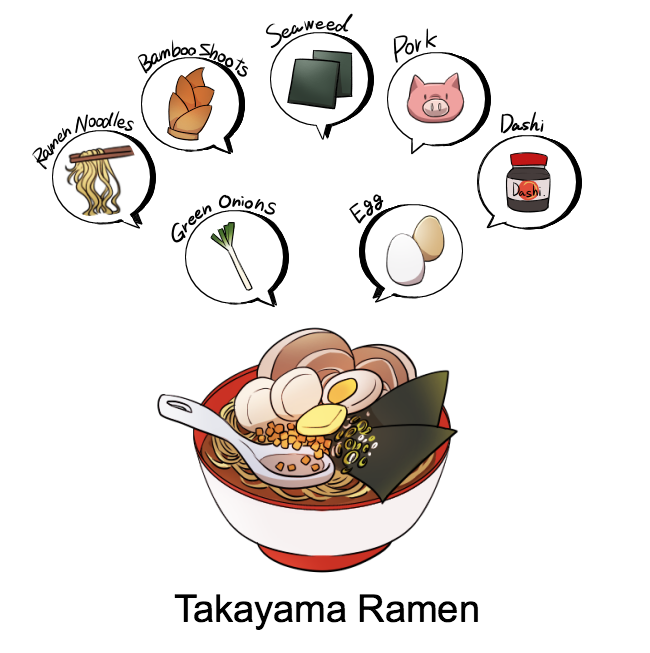
Takayama ramen, known locally as chuka soba or even just soba, is the style of ramen commonly found in the town of Hida-Takayama, located high in the mountains of Gifu prefecture. It features a dark yet refreshing soup broth made from clear spring water, katsuoboshi (bonito fish flakes), and soy sauce, while the noodles are thin and wavy. The most common toppings for Takayama ramen include char siu pork, menma bamboo shoots, and scallions.
Hida Beef (Gifu)

Also from Takayama is Hida beef, the extremely high-quality breed of kuroge wagyu (black-haired Japanese cattle) that’s reared locally. The beef must be raised in Gifu for at least 14 months and then meet stringent industry requirements for color, marbling, and texture, to receive the official Hida beef branding. Hida beef is famous for its tender meat and exquisite marbling that isn’t greasy, but instead has a smoothly sweet and juicy flavor.
Houtou (Yamanashi)
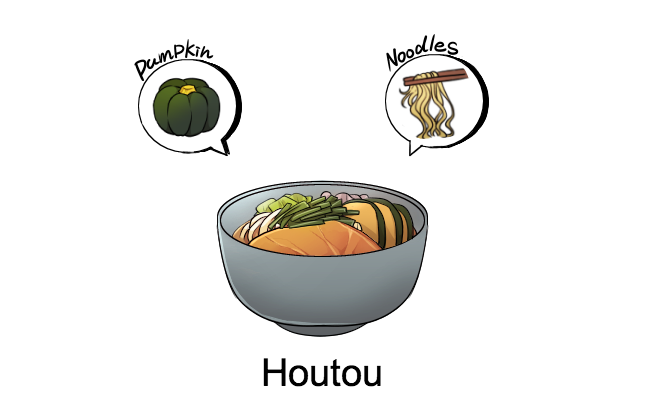
Houtou is a hearty noodle dish from Yamanashi prefecture made with flat udon noodles and kabocha pumpkin cooked in a miso broth. Although it can be enjoyed year-round, Houtou is typically served in a cast iron pot to keep the contents hot until the very end, making it an excellent winter dish. Other vegetables used in houtou, including sansai mountain vegetables in the spring and leeks and potatoes in the summer, vary by the season.
Miso-katsu (Aichi)

Aichi prefecture is famous for miso, with the common joke being that people from Aichi will put miso on anything! That joke proves true (at least this time) with miso-katsu, a crispy fried tonkatsu pork cutlet topped with red hatcho miso instead of the traditional vegetable-based tonkatsu sauce. Hatcho miso is a type of all-soybean miso—meaning no grain is added—that takes several years to produce, giving it a rich and intense flavor. Miso-katsu is typically served with finely shredded raw cabbage, which balances the richness of both the tonkatsu and the miso.
Goheimochi (Nagano, Toyama, Gifu, Aichi)
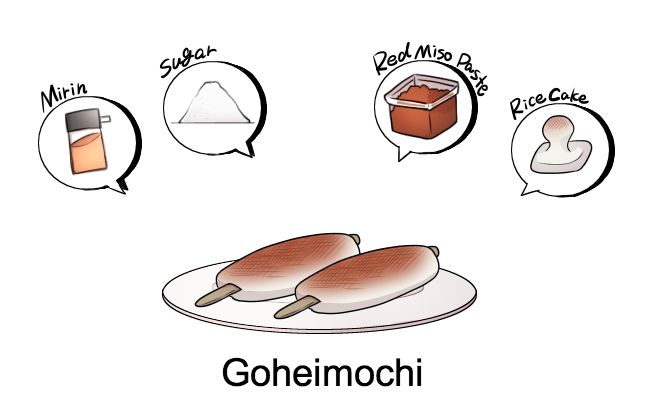
Goheimochi are grilled rice cake skewers made from white rice that has been pounded until sticky, skewered, coated in a sweet glaze of soy sauce or miso, and then cooked over a flame until well toasted. Unlike other mochi rice cakes made from sweet glutinous rice, goheimochi are made with normal white rice. They’re a traditional treat in southern Nagano prefecture, as well as in Toyama, Gifu, and Aichi, all of which share a border with Nagano.
Tatami Iwashi (Shizuoka)
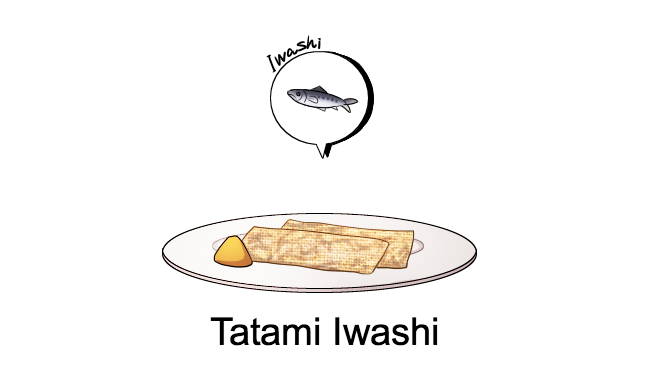
Tatami iwashi is a delicacy from the southern Pacific coastal area of Chubu, known as the “Tokai” region. A thin, cracker-like sheet of baby sardines that has been sun dried on a bamboo frame and cut into smaller pieces, tatami iwashi is named for its resemblance to the tatami straw mats used in traditional Japanese-style rooms. It’s an excellent source of both protein and calcium and tastes great when toasted over an open flame. Tatami iwashi is typically enjoyed as a soup garnish or eaten as a snack accompanying sake and beer.
Noppe (Niigata)
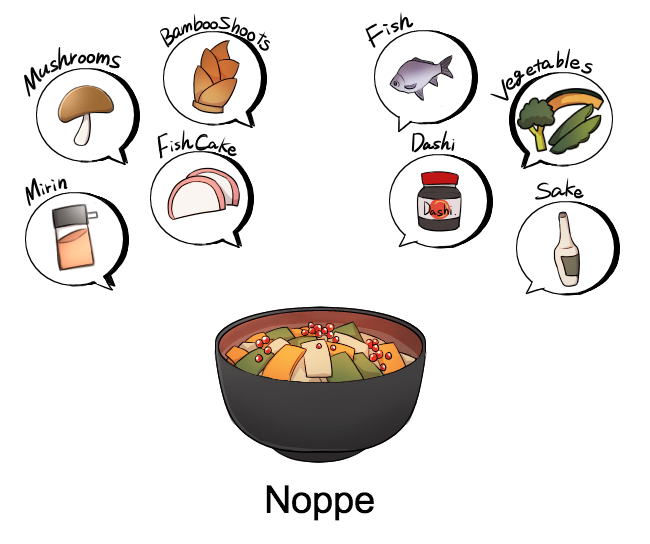
Noppe is a famous traditional stew from Niigata prefecture, where it’s typically eaten at festivals, Buddhist ceremonies, and during New Year celebrations. It’s made with a delicious hodgepodge of local roots and vegetables, including taro root, konnyaku yam, lotus root, carrots, ginkgo nuts, and shiitake and nameko mushrooms. Although it’s primarily a vegetable stew, salted salmon can also be added, and fresh salmon roe is a common garnish for noppe served at holiday meals.
Grilled Ayu (Gifu)

Ayu, or Japanese sweetfish, is a small fish native to Japan that can only be found in the cleanest rivers. It’s traditionally caught by fishermen in riverboats using trained cormorant birds, a 1300-year-old fishing technique that has become a popular tourist attraction in Gifu. Ayu fish is usually eaten skewered and grilled with salt over hot coals. It has a light, aromatic flavor and soft edible bones, so you can actually enjoy it whole.
Inago no Tsukudani (Nagano)
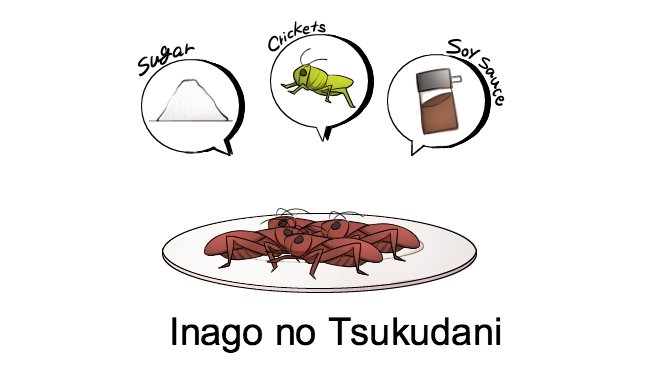
One of the most surprising traditional Chubu foods is inago no tsukudani, a type of grasshopper that has been stewed in sweetened soy sauce! Particularly in Nagano, grasshoppers were a vital nutritional supplement in ancient times—they actually contain high amounts of protein, vitamins, and minerals. Inago no tsukudani have a distinctly crunchy texture and sweetly rich flavor. While eating grasshopper is no longer as commonplace as it used to be, it’s still considered a delicacy in this area and should be tried at least once!
Chubu Food Makes Mountains of Deliciousness
With nine distinct alpine prefectures to choose from, each with their own natural resources and special culinary culture, there is no shortage of great Chubu food to try! If meat is the way to your stomach, then Gifu’s Hida beef will satisfy. Grilled ayu gets to seafood cravings, while delicious local vegetables can be found in everything from Takayama ramen and oyaki dumplings. Wherever you go, food won’t be a problem—good luck trying to visit every prefecture in Chubu during your trip!



